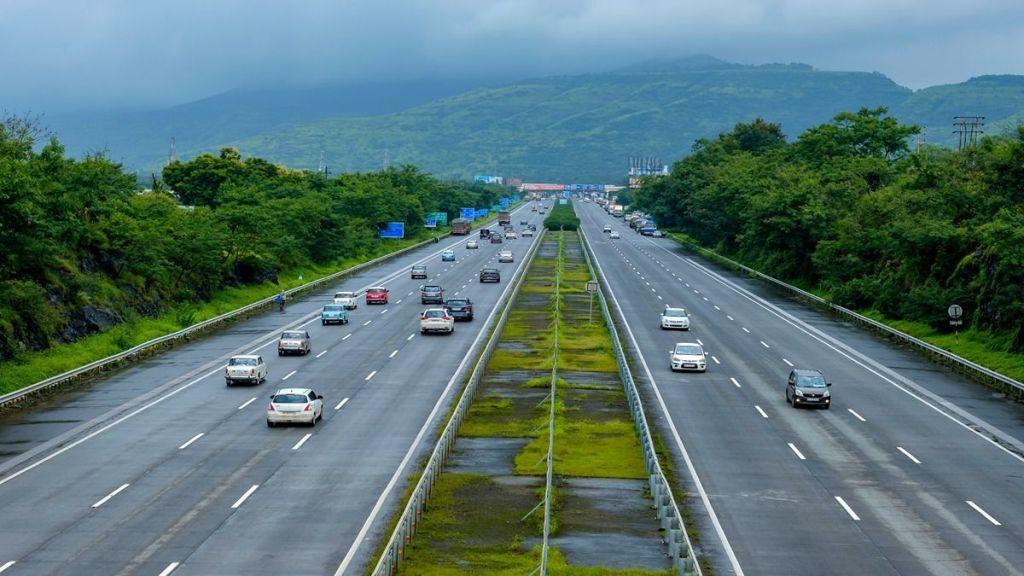With an aim to enhance green cover of India’s National Highways, The National Highways Authority of India (NHAI) is taking initiatives to plant trees through the Miyawaki method of tree plantation. Miyawaki method is a unique Japanese approach to ecological restoration and afforestation development. If the Miyawaki plantation in Delhi/NCR is successful, the government will replicate this initiative across the country.
The government plans to focus on planting indigenous species of plants that can survive in the local climate and soil conditions. Tree plantation will be done at various locations on pieces of lands adjacent to the National Highways. Total land area of over 53 acres has been identified at different places in and around Delhi-NCR to establish the Miyawaki plantations, as per an official statement from the Ministry of Road Transport & Highways.
What is Miyawaki Method?
Miyawaki method is a Japanese approach of afforestation which is very effective in urban areas where there is shortage of space. This method aims to create dense, native, and biodiverse forests in a short period of time. These forests retain ground water and help to recharge the ground water table. With this method, trees grow ten times faster and the plantations act as a sound and dust barrier.
Miyawaki Forests contribute towards the creation of a resilient ecosystem, offering a range of benefits to both the environment and local community. They also have multiple long-term benefits, which include improvement in micro-climatic conditions such as improvement in air & soil quality. They also contribute to biodiversity conservation, rapid growth of green cover, efficient carbon absorption, soil restoration and in habitat creation for local flora and fauna.
“Using the Miyawaki method, increase in green cover will not only help to enhance the overall health and well-being of citizens living along the National Highways, but will also add to the aesthetics and pleasure of commuting on the National Highways in NCR,” reads a statement by the Ministry of Road Transport & Highways.
Where will saplings be planted?
Tree plantation will commence during the monsoon and is expected to be completed by the end of August.
Some of the sites proposed for development of Miyawaki plantations along the National Highways include 4.7 acres of land area along Haryana section of Dwarka Expressway, 4.1 acres near Sohna on Delhi – Vadodara section of Delhi-Mumbai Expressway, around 5 acres each at Chabri and Kharkhara interchanges on NH 152D of Ambala – Kotputli corridor in Haryana, over 12 acres at Shamli bypass on NH-709B, 9.2 acres at Duhai interchange on the Eastern Peripheral Expressway near Ghaziabad and 5.6 acres near Meerut-Najibabad section of NH-34 in Uttar Pradesh.
Govt of India initiatives to encourage tree plantation
The Government of India is encouraging plantation in the country through several programmes and schemes such as National Mission for Green India, National Afforestation Programme, Nagar Van Yojana, School Nursery Yojana, Compensatory Afforestation Fund Management and Planning Authority funds, etc. which promotes tree plantation on waste, vacant and barren lands by involving local communities, NGOs, educational institutions, etc.
In April this year, the NHAI organized a day long national workshop in New Delhi to discuss different aspects of environmental impact assessment, planning and mitigation for holistic National Highway development. The sessions included discussion on issues related to Wildlife Clearances; Insights on ‘Eco-friendly Measures to Mitigate Impacts of Linear Infrastructure on Wildlife’; Issues related to Forest & Environment Clearances; Environmental Impact Assessment, Environmental Management Plan, Coastal Regulation Zone Clearances, Regulations and its applicability to Road Infrastructure Projects.


